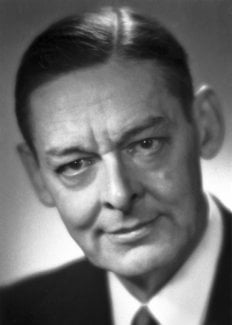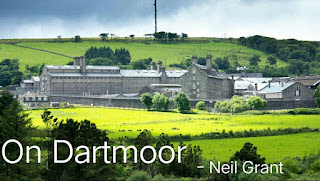Function of criticism by Arnold

Different View of T. S Eliot and Matthew Arnold On Criticism
Eliot finds judgment based on ideas distasteful due to his commitment to Church of England dogma and his less successful attempts at synthesis, compared to Arnold. They hold opposing views on the critic's role: Arnold advocates for a disinterested critic, while Eliot leans towards social advocacy.
Matthew Arnold and T. S. Eliot are notable for their significant influence on literary taste and their strong self-awareness about their roles, evident in both their poetry and criticism. Arnold, excited about influencing the English public, contrasts with Eliot, who highlights the importance of critics reassessing literature periodically. Eliot places himself alongside Dryden, Johnson, and Arnold as key critics. Both poet-critics capture the literary consciousness of their eras, making their comparison a study of the differing sensibilities of their times and their individual perspectives.
Different view on poetry
T.S. Eliot frequently critiques Matthew Arnold's concept of poetry, often with irony and sarcasm. In his essay “Matthew Arnold,” Eliot acknowledges Arnold's balanced knowledge but criticizes his lack of deep scholarship. To understand this critique, one must compare their literary theories.
Arnold's theory is rooted in various European artists and historical contexts, emphasizing universal, timeless human feelings. He admired ancient Greek literature and saw it as a model for modern society, believing it could guide intellectual and cultural progress. Arnold’s "high seriousness" and "grand style" reflect this admiration, with qualities exemplified by poets like Homer and Goethe.
In contrast, Eliot's theory, outlined in "Tradition and the Individual Talent," focuses on the impersonal nature of poetry. He argues that poetry should not reflect the poet's personal feelings but should result from an artistic process that integrates tradition and past literature. Eliot criticizes Arnold for emphasizing the poet's feelings and for isolating historical periods instead of viewing literary tradition as a continuous whole.
Despite some similarities, Eliot often portrays a rivalry with Arnold, mixing sarcastic remarks with reluctant praise. He downplays Arnold's poetic achievements, yet acknowledges that some of his own theories build on Arnold's concepts. For instance, Eliot's "objective correlative" idea, which requires a balance between external circumstances and emotions, echoes Arnold’s emphasis on disinterestedness and separation of ideas from practice.
Arnold's "touchstone-method" uses selected passages from great poets to judge literary quality. Eliot critiques this method but also recognizes its influence. Despite their differences, both poets shaped literary criticism significantly, reflecting their respective eras' sensibilities.
Conclusion
T. S. Eliot and Matthew Arnold are both prominent figures in the history of literary criticism and were well-regarded in their time. Although their ideas on criticism differ, both contributed significantly to the field. They worked to create new perspectives in criticism, often influenced by their religious and political views. Arnold emphasized universal human feelings and admired ancient Greek literature, while Eliot focused on the impersonal nature of poetry and the importance of tradition. Despite their differences, both shaped the critical landscape and left a lasting impact on literary theory.
Thank you.




.jpg)
.jpg)










_poster.jpg)

.jpg)






